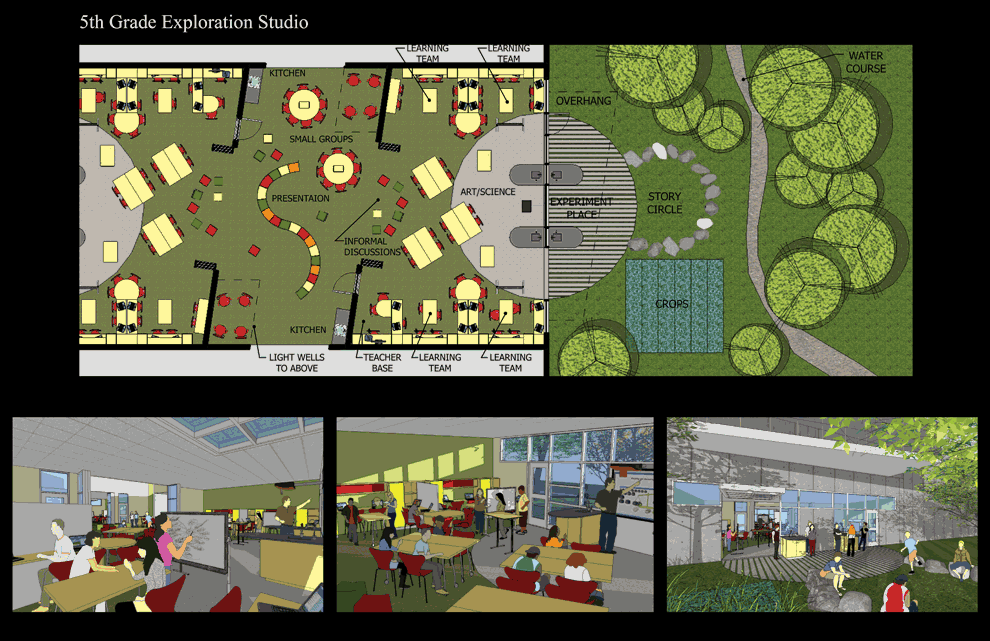
My first principal (who should win a humanitarian award for letting me learn to be a teacher in her school) was, for all her faith in her students, leery of the use of games and competitions in the classroom. She was concerned that students who do not function well in a competitive environment will failure scenarios reinforced for them, and tend to detach and denigrate themselves. The trick, of course, is to come up with competitions that different students with different skill sets can succeed in. Hopefully everyone reading this knows that games which rely solely on rapid recall and response favor a certain limited mode of learning and thinking over others, sadly a mode which is celebrated in traditional school environments at the expense of other modes. I often used a review game in which I arranged students to compete against students of similar skill levels. (And how I enjoyed being proven wrong about a student who had learned more than I thought, even if it messed up the game.)
By and large, however, students do not take classroom games and competitions as seriously as we think. (I say nothing about league or team sports or other extracurricular competition, such as pageants or dance competitions -- they do not fall within the purview of a school-oriented blog.) They can shake off small defeats and return to the game with renewed determination to master it, just as they do with any video or digital game. I have never seen a kid go into a spiraling depression at being beat at Guitar Hero or World of Warcraft. Win or lose, they just want to play some more.
It seems foolish not to harness this. Not only is it a benignly addictive activity (well, maybe not so benign for those college freshmen who flunk out due to video game obsession), but a person playing a game is always learning something, especially a game in which, as is true for most digital games, the rules are not explained in advance. Like the so-called "real" world, one enters the environment with a general goal, but the specifics of how that is to be achieved and what obstacles will be encountered along the way is not laid out for the player ahead of time. This is what might be called simulated authentic learning.
Therefore, it is quite natural that someone would build a school on these very principles. So, as described in a New York Times article, we have the school Quest to Learn, which incorporates both the instinct to play and technology into a more global learning experience. Here is the money quote from Katie Salen, a co-designer of the school, who comes from a design and technology background, rather than traditional education:
The traditional school structure strikes Salen as “weird.” “You go to a math class, and that is the only place math is happening, and you are supposed to learn math just in that one space,” she told me one day... “There’s been this assumption that school is the only place that learning is happening, that everything a kid is supposed to know is delivered between 8 a.m. and 3 p.m., and it happens in the confines of a building,” she said. “But the fact is that kids are doing a lot of interesting learning outside of school. We acknowledge that, and we are trying to bring that into their learning here.”We are still living with the lingering attitude that Learning is a thing that happens in a certain place at a certain time and that everything else is Real Life. But as George Ade wrote, "There are At Least Two Kinds of Education." Learning is going on all the time. The trick for educators and parents is to harness that process which is going to take place anywhere.
Games teach the brain a habit of mind, especially games in which the rules or even the goal are not pre-disclosed. It teaches habits of inquiry, of exploration, of an interest in "what works" not "what is the Right Answer which I am expected to vomit up on a school paper." That is real education, and I for one am going to be fascinated to see how this evolves and how game-playing can be used not just as an occasional bit of spice in the classroom, or a term-end review technique, but an essential structural element in education going forward.
Because one thing becomes clearer and clearer as I get older -- if there are rules in this life, there's nobody around to tell you what they are. You're going to have to find out for yourself.






